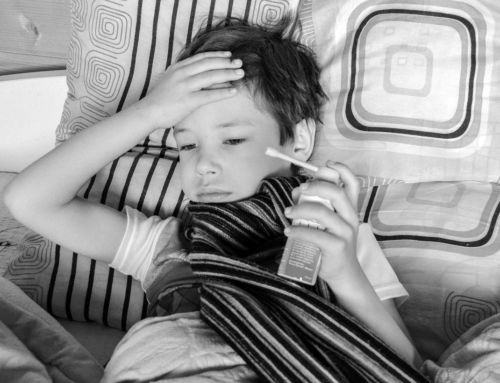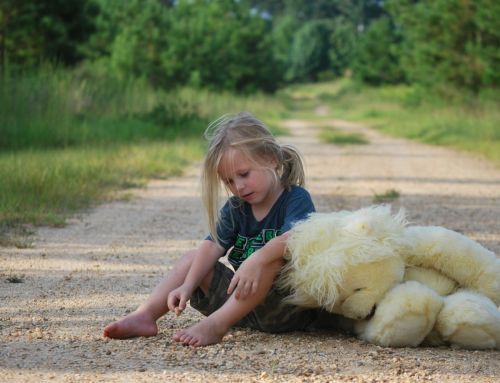Dental Health & Hygiene for Young Children
By Pallavi Agarwal | Health and Wellness Writer and Editor
..
Your child’s oral hygiene plays an important role in their overall health. Help them set on the right path for a lifetime of excellent oral health. Just kids n moms’ team has closely worked with renowned dental care professionals to provide you with all the information needed.

The number one dental problem being noticed among kids is tooth decay. According to the survey, One out of 10 two-year-old already has at least one cavity. By age of three, 25% of children have one or more cavities and by age five, nearly 50% of children have one or more cavities. Most of the parents assume that cavities at a younger age don’t matter, because hey that tooth will be lost anyway. But “NO”, doctors suggest that dental decay in baby teeth is more likely to result in a negative impact the future permanent and bigger problems, if not taken care of properly at the young age itself.
When and how to take care of little mincer in your munchkin’s mouth
Teeth begin to form in the second trimester of your pregnancy itself. After childbirth, just because you can not see those teeth, doesn’t mean that they don’t exist. Your baby has almost 20 primary teeth during birth, and some of them are fully developed in their jaw.
Run a soft damp cloth on your baby’s gums, this should be done periodically before they start teething. This helps in preventing harmful bacteria and clears the surface of the gum, removing any unwanted material sticking on the top.
When your child gets teeth, brush them with a baby toothbrush. Use water and a small amount of fluoride toothpaste literally about the size of a pea. Use fluoride toothpaste that conveys the American Dental Association’s (ADA) seal of acknowledgment.
By age 2, your kid should be able to figure out how to spit while brushing. Abstain from giving your kid water to wash and spit since this can make gulping toothpaste almost certain. Children of age 3 and up should still use just a pea-sized amount of fluoride toothpaste.
“ALWAYS SUPERVISE YOUR KIDS OF YOUNGER AGE WHILE THEY ARE BRUSHING.”
You can protect your child’s teeth by teaching them about good dental habits. You can steadily coach them to adopt good oral hygiene and make it a part of their daily routine. Making brushing, flossing and dental check-ups a positive experience can help to keep your child excited about taking regular care of it. This will not only help your child grow up with a beautiful smile but also with healthy habits that can last a lifetime avoiding unnecessary pain and discomfort in the latter part of their life.
Tips to make dental hygiene fun for your kid
keeping your kid’s teeth and gums healthy, can feel like an all-day work. As a parent, you’re continually attempting to discover great approaches to keep your children inspired by things that are beneficial for them. Below are some fun approaches to enable your kids to connect with keeping their mouths healthy and their grins delightful.
1. Let them choose their own toothbrush and toothpaste
When you plan to replace their older toothbrush with a new one, select a vivid, delicate bristled brush or one with your youngster’s preferred animation character, for example, Dora the Explorer toothbrush. Small kids get attracted to colors. Make them select a toothbrush with the color of their choice. Not only toothbrushes, but toothpaste can also gain a child’s attention. Instead of using that traditional mint-flavored toothpaste, your kid might look forward to a good time cleaning his teeth with a strawberry or watermelon Kids Fruit Flavored Anti-Cavity Fluoride Toothpaste.
2. Make brushing and flossing a family affair
One approach to make your kid inspired by oral consideration is to brush and floss together. Children emulate what their folks do. Brush together and make them imitate you. This will increase the chances of them taking care of their oral hygiene independently, as they grow up. To make routine brushing more exciting, make up a rhyme about keeping teeth clean or sing a pleasant tune.
3. Devise a gold star system
To make brushing even more amusing, generate your own gold star reward system. Kids love stickers, the Gold Star System in which they get gold star stickers for doing their whole brushing routine correctly not only helps maintain the habits but also gives them a sense of accomplishment every time they receive a new one. Kids also love coloring, you can create a poster with your kid where they can color diagram in teeth shape, stick snacks and candies to imitate a whole day of what human teeth deal with. It’s really fun and gives them a sense of the amount of stuff that goes in your mouth and how important it is to keep them clean and bacteria-free.
4. Make doctor visits fun
Regular checkups are another significant piece of good dental cleanliness for kids. Visits the dental specialist at a regular 6 cycles of 6 months (even if you don’t notice any problem) helps in keeping your kid’s grin shining and solid. Surprise your kid after the dental checkup, with some pleasant family time. Head to the recreation center or plan a picnic if needed.
A small crash course on your options when having dental problems
If parents are inclined towards dental illness, it is more likely that kids will be at exposure to dental problems as well. No matter how vigilantly children are following the best dental hygiene, even a regular brushing habit can’t prevent the cavity. Make certain you have selected your primary dentist for your kid no later than he is 1 year old.
Consider taking your youngster to a dental specialist who spends significant time treating kids. Pediatric dental specialists are prepared to deal with the wide scope of issues related to children’s dental well-being. They can easily identify when to allude you to a specialist based on the screening, for example, an orthodontist to address an overbite or an oral specialist for jaw realignment.
In Dentist Lingo
With the advancement in the availability of the new types of materials, dentists have more options on the type of filling and repairing techniques to use.
- Amalgam, a silver-colored material was once the most used substance for fillings in permanent teeth.
- Nowadays, composite resins are becoming more popular because of their resemblance with the tooth-color, making it more attractive than the silver-colored patch visible prominently inside the mouth. Resins attach with the teeth perfectly making it less likely for filing to pop out, in fact in 99.9% of cases it has been noticed that resins bond with the teeth perfectly. It also can be used to rebuild the teeth damaged due to injury or conditions like cleft palate.
- In case of some major injury, like a fracture, extensive tooth decay, or ill-formed teeth, doctors might recommend using stainless steel or ceramic crown. These types of fixtures maintain the teeth well and prevent the decay from spreading.
- Doctor might also recommend using Anesthesia for more complicated dental procedure, we highly recommend all the parents to ask for professional who well trained and certified anesthesiologist or oral surgeon before agreeing to the procedure. Don’t hesitate for ask all the questions your have and clear doubts before committing to any procedure.
Checkout this really cool video on YouTube where Anisha will show you what happens when you go for a dental check-up. In this video they are visiting – The Royal Children’s Hospital, Melbourne.
SIMILAR READS: Toddlers Eye Problems – What You Need to Know
This article is intended to advance information and your knowledge about general oral well-being as a new parent. It isn’t planned to substitute any professional guidance, conclusion or treatment. All our team work very hard to provide you with the best information available on your parenthood journey. We highly recommend seeking the advice of your dentist or another qualified healthcare provider with any questions you may have regarding a medical condition or treatment.







